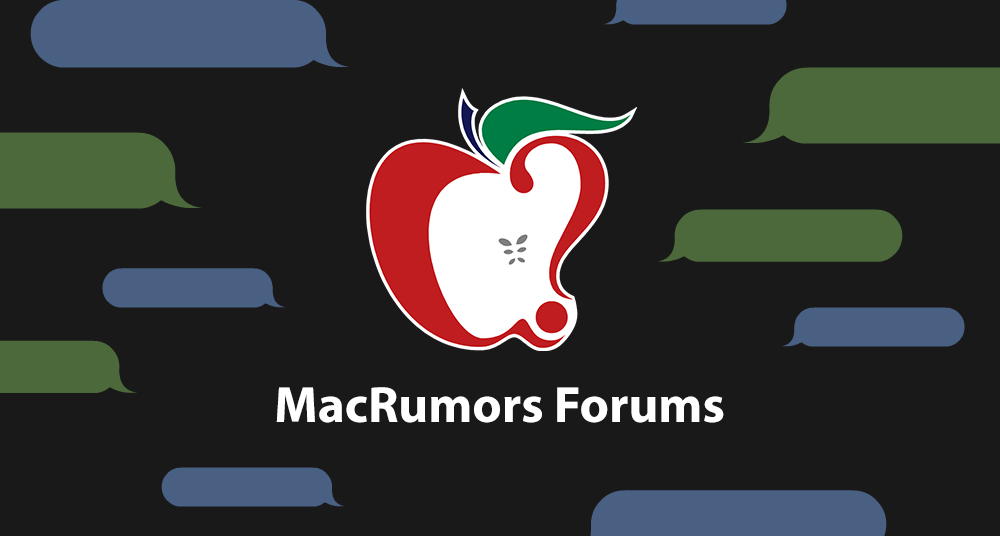@TheIntruder,
PDF'ing in modern times has become the bane of my existence!!
The purpose of my OP in this thread was just to figure out why something as simple as hyperlinks weren't working.
However my larger goal is to get back to like 1999...
You see, I am a news junky, and a researcher of sorts, and I write a lot of articles/reports, and so I want an easy way to capture a moment in time on the Internet and save web pages WYSIWYG to preserve information, including images/layout/etc. (I also need working hyperlinks, because one article might link to a dozen more articles, of which I might not have saved all of them, and so I want a way to at least view them via hyperlink.)
Back when I was a Windows-only user in the 1990s, and I had a copy of Adobe Acrobat Professional, in like two clicks I had a perfect copy of whatever web page I was reading,
including proper page layout, images present, and working hyperlinks.
Life was good!! 😎
Fast forward to 2020, and this entire endeavor is a real PITA.
Right now, as I read articles throughout the day, I do the following...
1.) I use a short PHP script that someon helped me with that uses file_get_contents to "scrape" a given web page and attempt to give my an HTML file that at least displays the text content and has working hyperlinks, but even that is hit-or-miss.
2.) Then I use Firefox's add-on "Take a Screenshot" to create a fairly close WYSIWYG .png file. This works fairly well for shorter documents, but often chops off or leaves out content on larger articles. And the other problem is that this is just a large screenshot, so forget about hyperlinks!
3.) Next, I use Chrome's add-on "Full Page Screen Capture" which works fairly well and create a .pdf file. But it often chops off sentences between pages, and the file-size is a little large than I'd like.
(While this approach gives me a fairly good "snapshot" (i.e. WYSIWYG) of the original page, it is also just a huge screen-shot and not a PDF in a traditional sense, because none of the hyperlinks work - which is a problem if I need to go back a use those links for additional research!!)
Which leads me to this thread...
I (incorrectly) assumed that if I just used macOS Mountain Lion/Sierra's built-in File > Print > Save as PDF option, that at least I would be able to capture all of the textual content and have working hyperlinks, but alas, that is not the case?!
And if that approach worked, then that would be Approach #4 in my long, painful process of saving a web page in multiple versions, so I have all of the things I need (i.e. WYSIWYG, text content, images, and working hyperlinks).
Of course, if I could find a way to get a near perfect WYSIWYG capture, PLUS all of the content, PLUS working hyperlinks all in one reasonable sized document - presumably a .pdf - then I'd probably give someone my first-born as payment!! *LOL*
To buy Adobe Acrobat Professional is like $600+.
If I thought it would work the way it did in the 1990's, then I'd pony up for it in a heartbeat. But I suspect that because the Internet (and web pages) have become such a FUBAR, that even Adobe Acrobat Professional is limited.
Of course, a free/open-source solution would be the best.
So that is sorta where I am...
Back to my OP here, is there an easy way to PDF web pages so I get all of the content AND the hyperlinks work AND you can see what is a hyperlink?
Then if there is a way to accomplish my larger goal, that would be gravy!!




